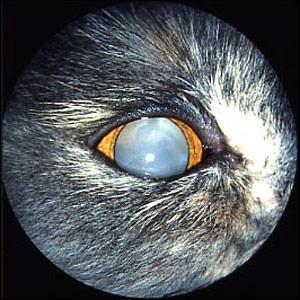Dog's behaviour is well adapted to the need of humans. As a pet they have become our friends and companions, and as a working animal they can be trained to do a wide range of useful tasks. Unlike cats, who choose when and if they will be friendly, a dog is usually unquestioning and reliable in both giving and receiving affection.
Dogs, like wolves, are pack animals. Get a few dogs together and you will see the pack instinct appear. The dogs will stay close to each other, and will do the same types of things at the same time. A hierarchy is formed, with some of the dogs being dominant, and some submissive. If you have more than one dog, or if you introduce a new dog to a group, you may well have problems while they sort out the new hierarchy, but once it is sorted, life will settle down.
For dog owners it is important that the human family becomes the dog's pack. It is essential that the owner is the dominant force, and that the dog is submissive. If this is not the case, the dog will give problems. A dog is content to live in a family and be submissive, because pack living is in its nature.
There are a number of ways in which a dog's pack instinct is relevant to dog training. For example, here are a few ways in which you can ensure you remain pack leader:
Don't let your dog sleep on your bed - in the wild only submissive dogs offer to share their sleeping quarters.
Don't feed your dog scraps from the table - again in the wild this is the equivalent of what the submissive dogs do.
Always eat first, and feed your dog afterwards.
Don't let your dog sit on the furniture or on your lap - in your dog's eyes height equals dominance.
Always make your dog give way to you in a doorway, don't step over it, make it move.

 Alopecia in Cats
Alopecia (Hair Loss) in Cats
Alopecia in Cats
Alopecia (Hair Loss) in Cats
 Aspergillosis in Cats - Causes, Symptoms and Treatment
Aspergillosis in Cats - Causes, Symptoms and Treatment Asper
Aspergillosis in Cats - Causes, Symptoms and Treatment
Aspergillosis in Cats - Causes, Symptoms and Treatment Asper
 Top 5 Cat Urinary Tract Infection Home Remedies
Cat ur
Top 5 Cat Urinary Tract Infection Home Remedies
Cat ur
 Bald Spots on Cats
Bald Spots on Cats Bald spots are a common occurrence in cat
Bald Spots on Cats
Bald Spots on Cats Bald spots are a common occurrence in cat
 Blindness in Cats
Blindness in Cats
Blindness in Cats
Blindness in Cats